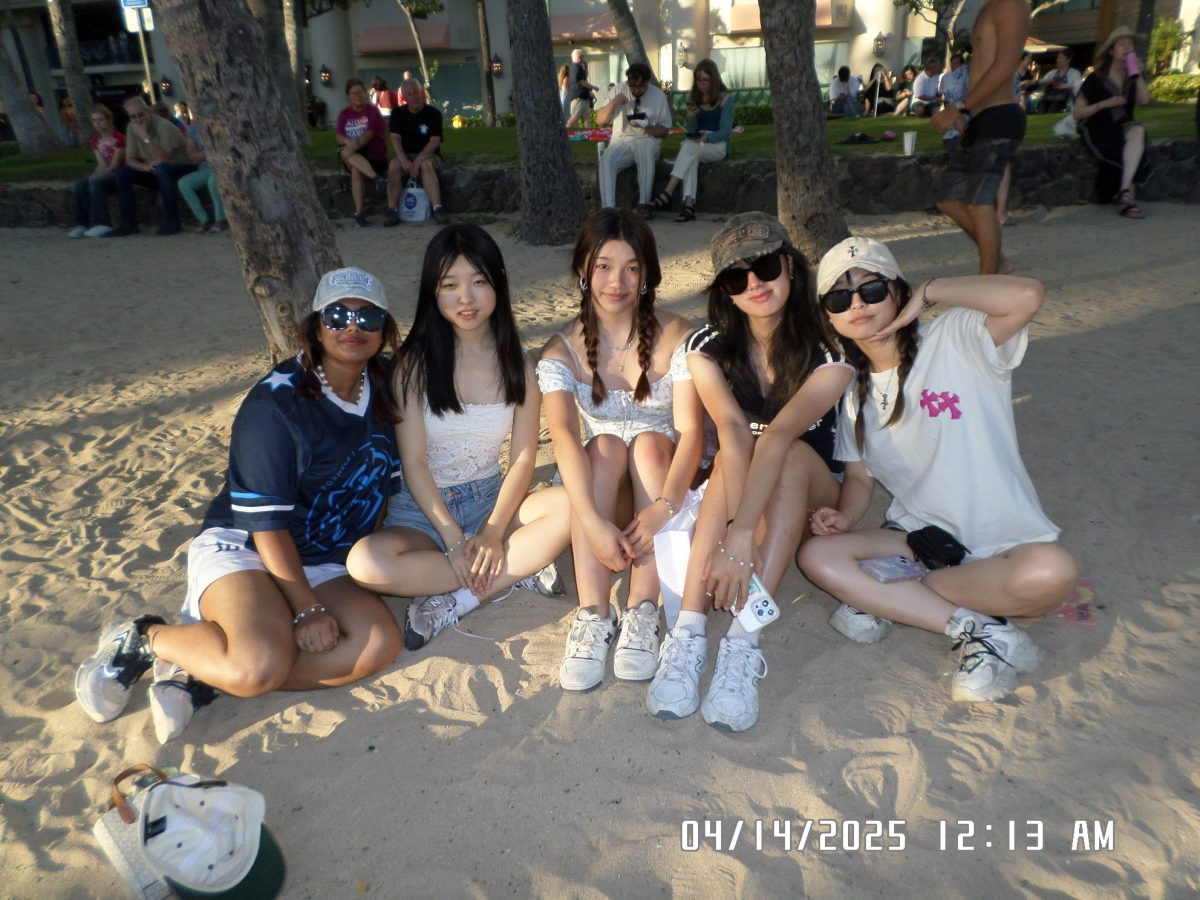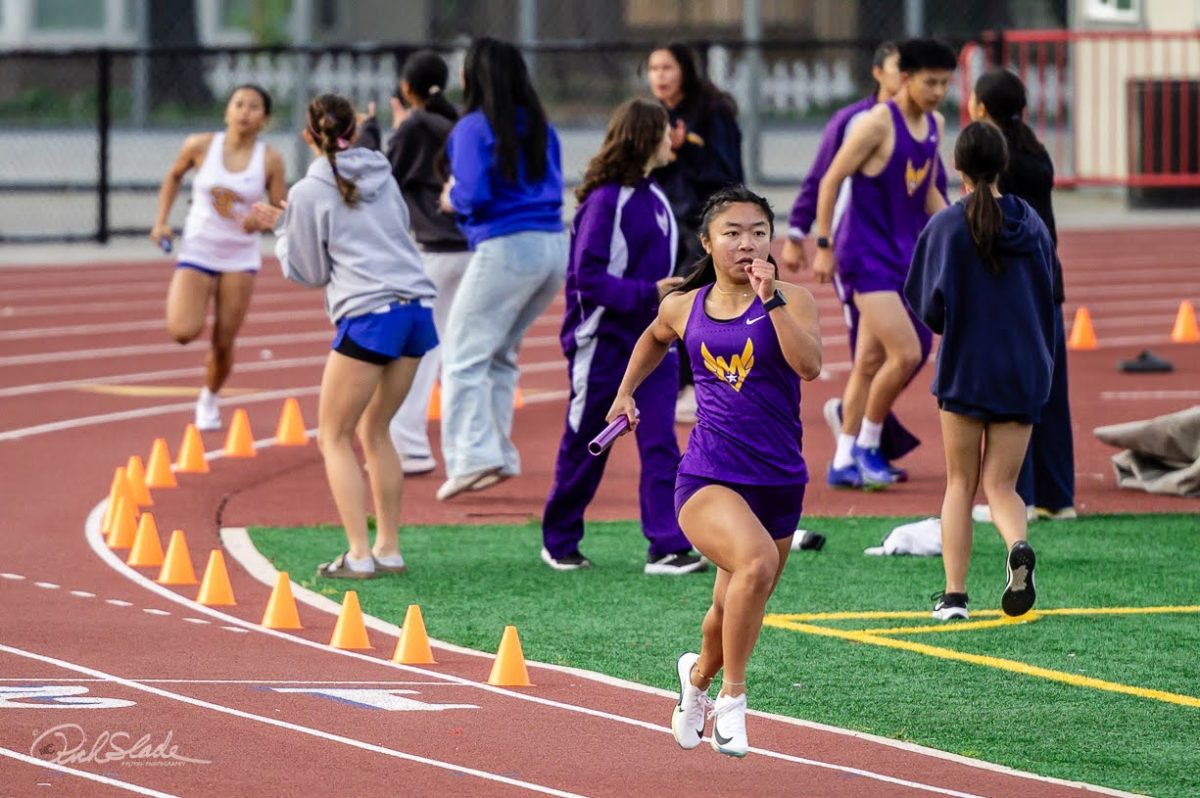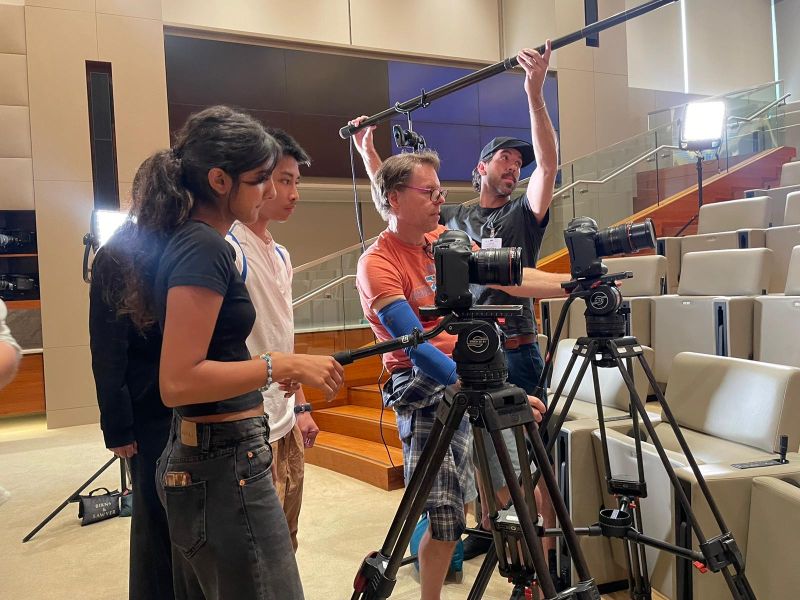
hen Physics teacher Jim Birdsong displayed the new seating chart on the screen in his AP Physics C class, some students happily embraced their new group mates while others groaned, bidding farewell to their friends. But there were also a few students that just stared at the screen, slightly confused.
As the class settled down, it was clear that the girls were clustered in one corner of the room, while all the boys were dispersed amongst the rest of the tables.
This seating arrangement — separating table groups by gender — is not new to Birdsong’s classroom. This marks his third year of implementing the structure in his Physics classes after noticing a concerning pattern in the table groups. It would go as follows: three guys in a table toss around undeveloped ideas to solve a problem at hand. Meanwhile, the lone girl thinks to herself. After some time, when she wants to contribute, she ends up holding back her comment, finding herself out of the loop from the discussion.
“To be really, really stereotypical, guys talk while they think, and girls think and then they talk,” Birdsong said. “I wanted to put the stereotypical females all at one table and so when you ask a question, or give them a task, they all have a chance to think without being told what they’re supposed to think.”
Senior Grace Qing agrees to some extent that being with a group of girls allows her to think the problems through herself first before discussing with her group mates. But she also sees benefits from working with boys.
“Physics itself needs a very collaborative atmosphere and being around other guys helped promote that,” Qing said. “I think all the other guys in my group were very outspoken –– that pushed me to go out of my comfort zone and also offer my thoughts more. Within my group, all of us supported each other and corroborated each other’s thoughts.”
Birdsong understands that the new seating arrangement may make some girls feel inferior to the boys, as they feel as if they require special help to succeed in the class. However, Birdsong explains that this is a risk he must take in order to try and improve the classroom dynamic.
“I could see [the girls thinking] ‘He’s doing this because we need some sort of extra help’ which is not the intention but I can understand them thinking that way,” Birdsong said. “I hope that they notice that it’s easier to get a word in and that they see the benefit there.”
Senior Jasmine Wang understands Birdsongs’ intent: that the girls no longer have to be subject to “mansplaining.”
“For me, I prefer not to have that arrangement because in real life, we’re going to have to work with people with different genders,” Jasmine said. “Going into computer science, that’ll be really common for me, especially.”
Birdsong says the seats are not permanent, only applicable in the beginning of the year for everyone to build a firm foundation of physics. For senior Shaurya Shrivastava and junior Eric Wang, the difference has little significance, as they felt equally comfortable working with guys and girls.
“I never really considered his separation of guys and girls,” Eric said. “Boys and girls honestly operate on the same level. There’s no real difference between working with the two.”
The girls are aware that later on in the field, they will have to collaborate with males. According to the National Girls Project, women make up just 29 percent of the science and engineering workforce. This reality makes some of the girls in the class hesitant about adjusting to the seating change, fearing that they will be unable to collaborate with males later on in the field if they learn in this stilted environment.
Shrivastava also agrees that the classroom atmosphere should reflect what students will face in real life.
“I don’t think the groups should be separated by gender,” Shrivastava said. “In the future, we will have to work with both guys and girls so it is important for us to know how to communicate with people of different genders at this age so that when we work at a company, it is not our first time collaborating with a different gender.”
In fact, the American Civil Liberties Union disagrees with single-gender education outright, for their belief that it “perpetuates antiquated gender stereotypes.” The ACLU furthers that such separation can take away from students the “important preparation for the real, coeducational worlds of work and family.”
Birdsong acknowledges that the conditions in the classroom are not the same as those in the field later on in life, but he believes that the seating arrangement still prepares the girls for their futures in the physics field.
“I completely agree [that they won’t encounter these conditions in the field] and they have to know how to navigate that,” Birdsong said. “I want to get them to a level where they feel confident with the material so they can go out and tell a guy to shut up, ‘I’m going to talk now.’”
He explains that while the girls in his classes accept and adjust to the seating change, they haven’t reached out to communicate their views on it to him. So far, Birdsong has only received a neutral reaction from the girls — they haven’t expressed gratitude or distaste for the new seating arrangements.
As a father to two daughters, Birdsong notices the communication differences between himself and the girls. At home, he would ask, “How was your day?” to which they have no reply. He would become frustrated by their silence, prompting them with another remark: “What do you need to think about?” But after years of interactions and similar conversations, he realizes now and then, that they only need time to think.
“[My daughters] are going to come up with a good answer, and that takes time,” Birdsong said.
Yet Birdsong recognizes that gender may not define a student’s performance in a physics classroom outside of MVHS. Through his older daughter, who goes to a different high school, he has learned that the girls at his daughter’s school are far more engaged and involved in the class.
“My older daughter is taking Physics, and she doesn’t mention any unwillingness for females to speak,” Birdsong said. “In her class, girls are talking all the time. I don’t see that too much here. There are all sorts of variables responsible for that.”
He hopes to visit an all-girls or all-boys physics classroom in the future to see how student interactions differ there. In the meantime, Birdsong continues to find the best ways to impart the complexity of physics to his students. He explains that his goal is not to send a message about gender to the students, but rather to provide them with the best tools for success.
“I’m trying to find the arrangement that makes it the easiest to get the information to the students,” Birdsong said. “It’s a hard subject and there’s enough hurdles to overcome without all those communication issues. I’m not going to keep them in those groups, but this way, they have a foundation and can move on. If you’re going to study physics, you need to know how to navigate the XY.”
Qing explains that she doesn’t view being the minority in the class as a disadvantage to her learning — instead she tries to use her position as the minority to her advantage, by introducing new viewpoints and taking the opportunity to collaborate with others.
“Everyone at some point is going to be in the minority,” Qing said. “It’s up to you to take advantage of the opportunity to learn from other people. Rather than seeing it as a weakness, use it as a tool to learn more about yourself and the others around you.”









